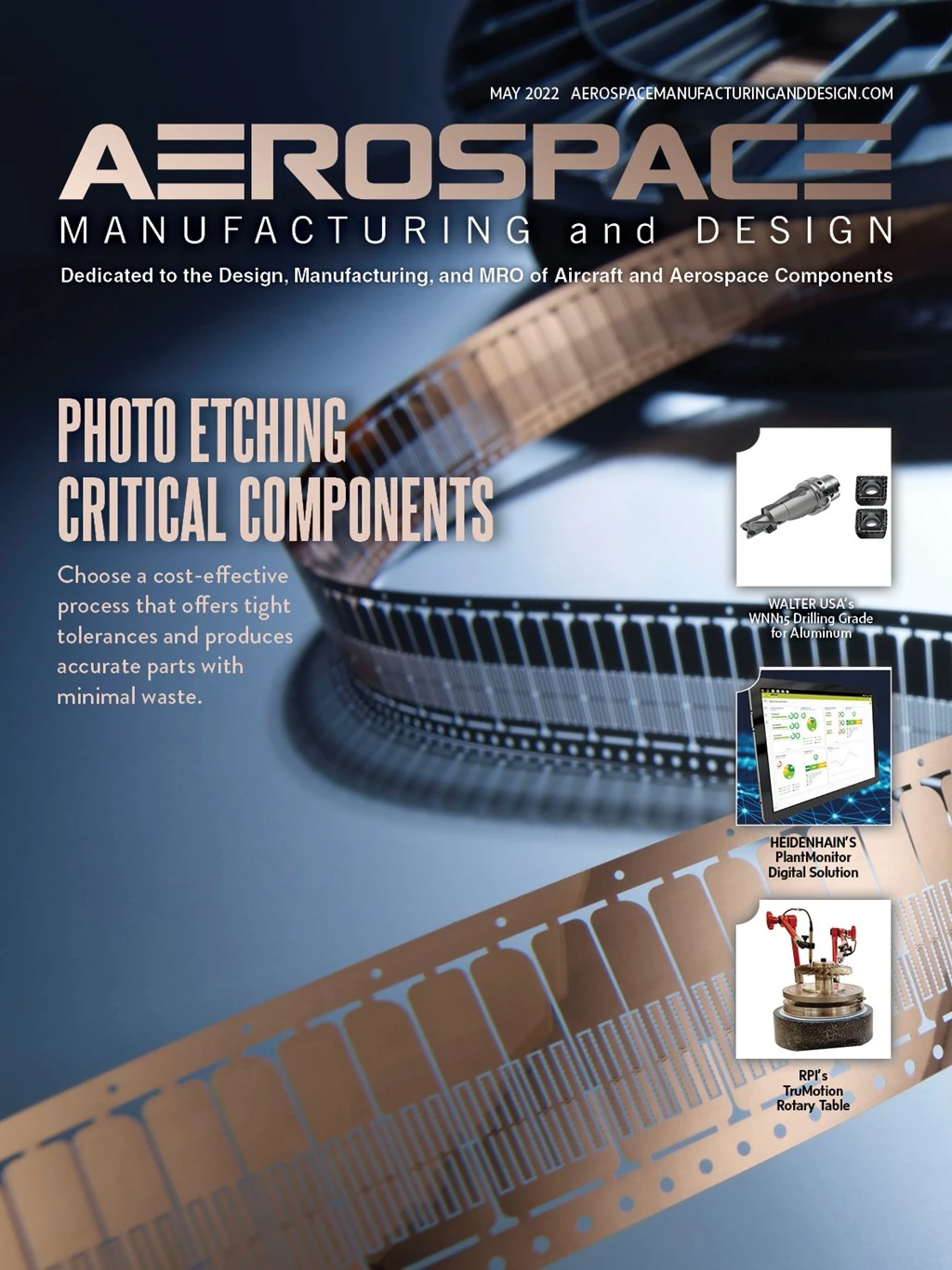
The software partner program is part of the GrabCAD additive manufacturing (AM) platform, integrating applications and third-party software partners through a software development kit. The open, enterprise-ready platform enables two-way connectivity between 3D printers, AM and enterprise applications, and broader Industry 4.0 infrastructure.
Oqton is a machine-agnostic, cloud-based software platform joining the partner program. Oqton leverages artificial intelligence (AI) to automate repetitive tasks and uses intelligent Internet of Things (IoT) capabilities to automate the end-to-end AM workflow across and beyond the production floor, including order tracking, scheduling, latticing, build preparation, and slicing. The solution, purposely built for AM, lets users easily create live dashboards and automated reports to optimize manufacturing processes so products get to market quicker.
Riven, an open cloud software company specializing in 3D reality intelligence that accelerates volume production of high-accuracy, end-use additive manufactured parts, is also joining the partner program. Riven’s software, using 3D reality data from scanners and proprietary algorithms, allows engineering and manufacturing teams to cut iterations and time-to-part while improving customer experience. Riven introduced Warp-Adapted-Model (WAM) capability, which enables printed production parts across AM technologies, including fused deposition modeling (FDM), powder bed fusion, and stereolithography, to be 2x to 10x more accurate than parts printed from CAD. WAM scales from singular high-value parts to series production and enables new end-use applications.
High-performance resins for industrial applications

A new resin-based printing material series – high performance and prototyping – offer high heat resistance, toughness, and flexibility.
The resin portfolio can be used manufacturer-independent in any resin-based 3D printing technology. Its property profile is intended for the end application, with a special focus placed on aging and chemical resistance. The low viscosity of the resins permits reliable processing in time- and cost-efficient printing processes for high-performance products. Printing properties and processes can be individually adapted depending on the printer and customer requirements.
The two resin-based printing material families:- High Performance, available in four material series:
- VP 1: With heat deflection temperatures exceeding 190°C, these rigid, solid materials are designed for use in demanding applications at high temperatures, high HDT values
- VP 2: Solid and thermoforming materials for end-use applications; offers fast printing because of low viscosity; good for a wide range of applications because of adjustable mechanical, thermomechanical properties
- VP 3: Materials with adjustable softness permitting high deformations, materials used flexibly at low temperatures
- VP 4: High-resolution materials striking a balance between heat resistance and brittleness at low viscosity; good mechanical, thermomechanical properties; adjustable properties deliver fast yet high-resolution printing with design freedom
- Prototyping, available in three material series:
- Tough (600 VP): Very high-resolution materials for prototyping and general applications with good chemical stability related to aqueous systems, maximum design freedom
- Rigid (200 VP): Dimensionally stable materials for functional prototyping, adjustable rigidity
- Clear (401 VP): Materials with special optical effects with high transparency, adjustable, refractive index

Explore the May 2022 Issue
Check out more from this issue and find your next story to read.
Latest from Aerospace Manufacturing and Design
- America Makes announces QTIME project call
- Innovation meets precision for 40% faster machining
- Upcoming webinar: Pro tips from a supply chain strategist
- Heart Aerospace relocates to Los Angeles
- Fixtureworks introduces Stablelock Clamps
- Piasecki acquires Kaman's KARGO UAV program
- PI Americas’ long-travel XY piezo nanopositioners-scanners
- AAMI project call submission deadline extended to May 12





